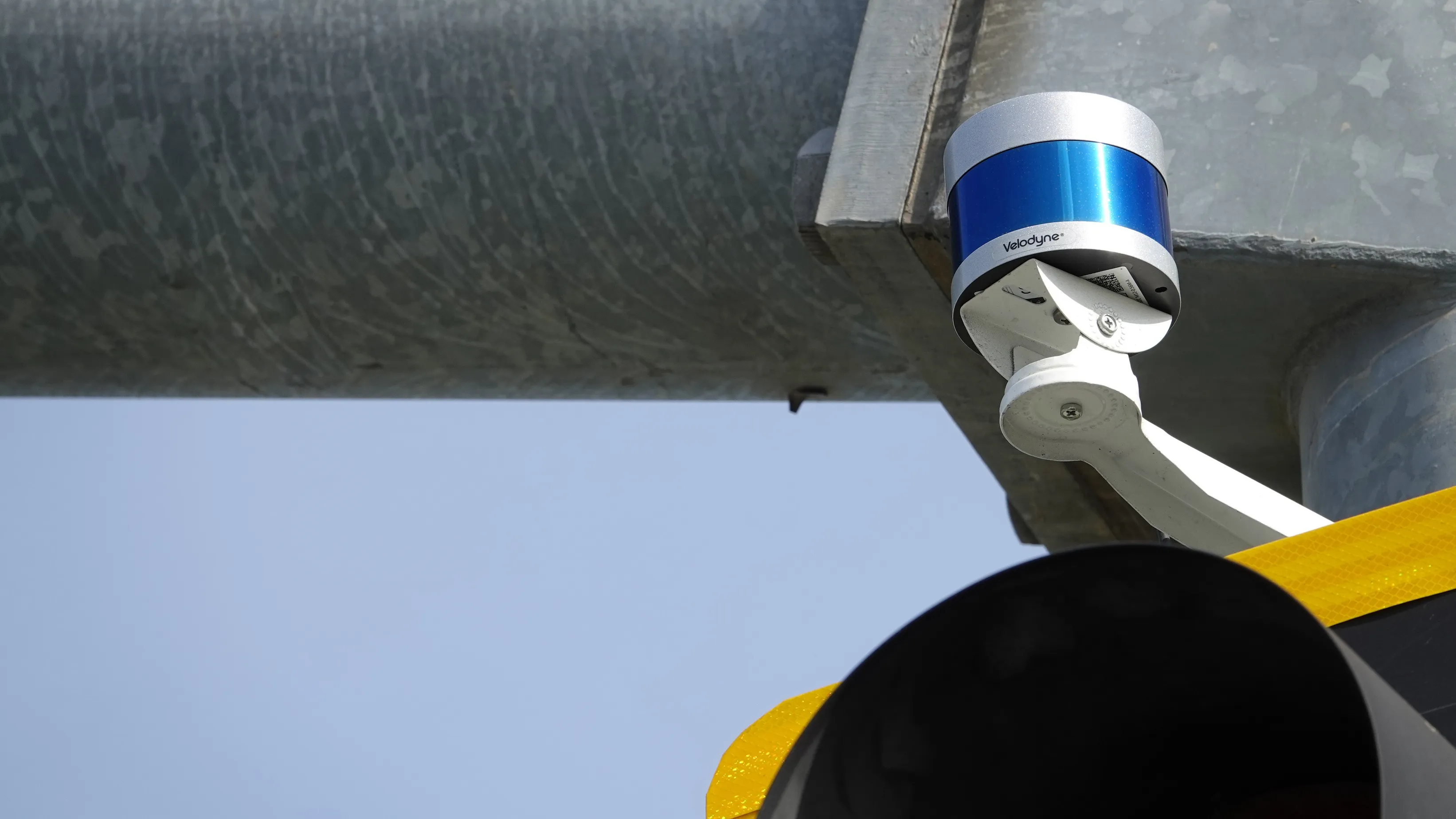Schrader, a manufacturer of tyre pressure monitoring systems (TPMS), has announced that the company’s innovative EZ-sensor technology now covers more than 82 per cent of all TPMS-equipped vehicles in North America.
March 23, 2012
Read time: 1 min
“Schrader set a company goal to reach 90 per cent coverage of all TPMS-equipped vehicles, and through a series of major coverage launches this year, we’re closing in on our stated objective,” said Trevor Potter, vice president of Aftermarket, Schrader. “We’re proud to offer truly unprecedented EZ-sensor coverage – for more than 215 million vehicles in all – on a comprehensive range of vehicle platforms.”









